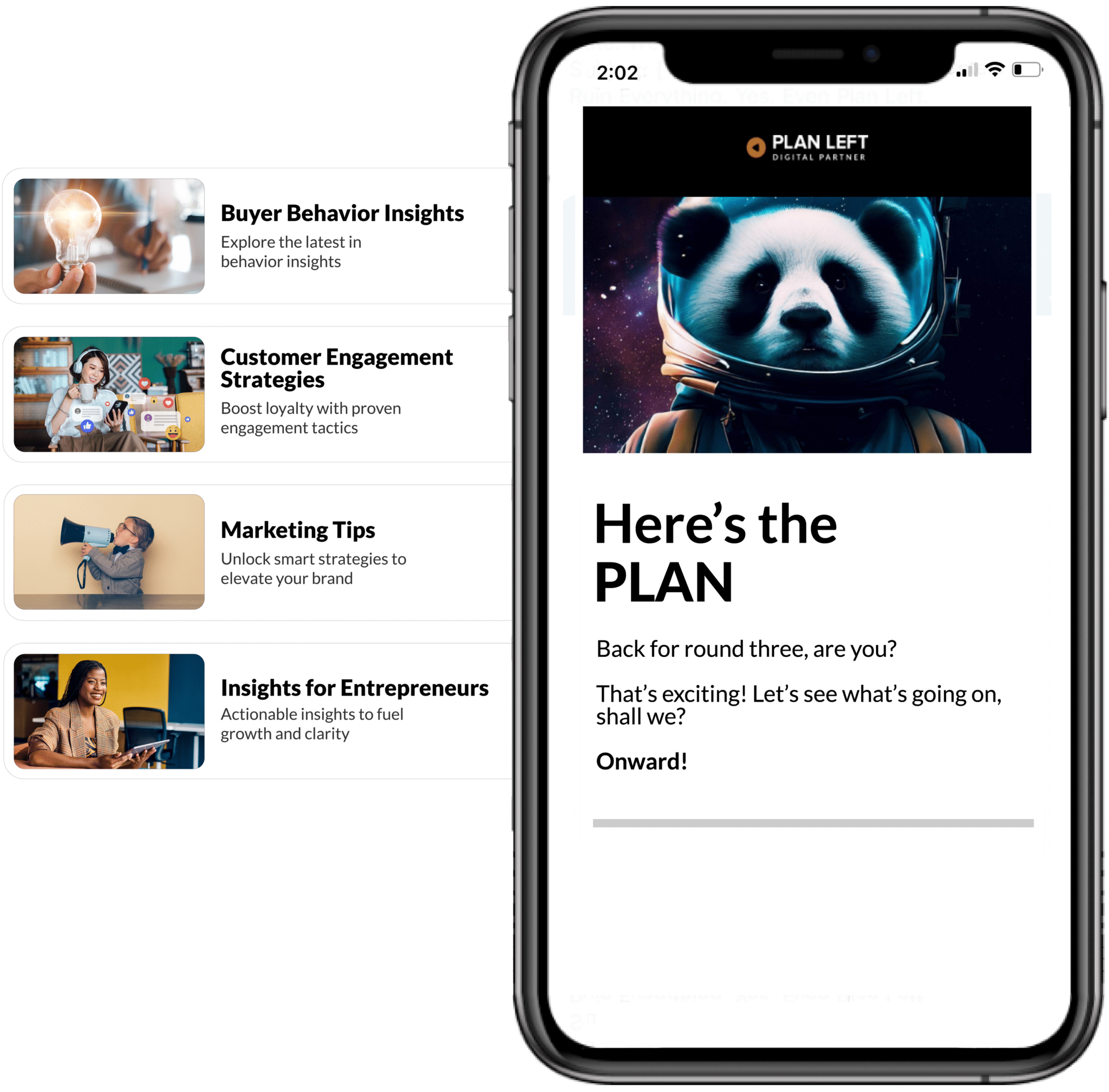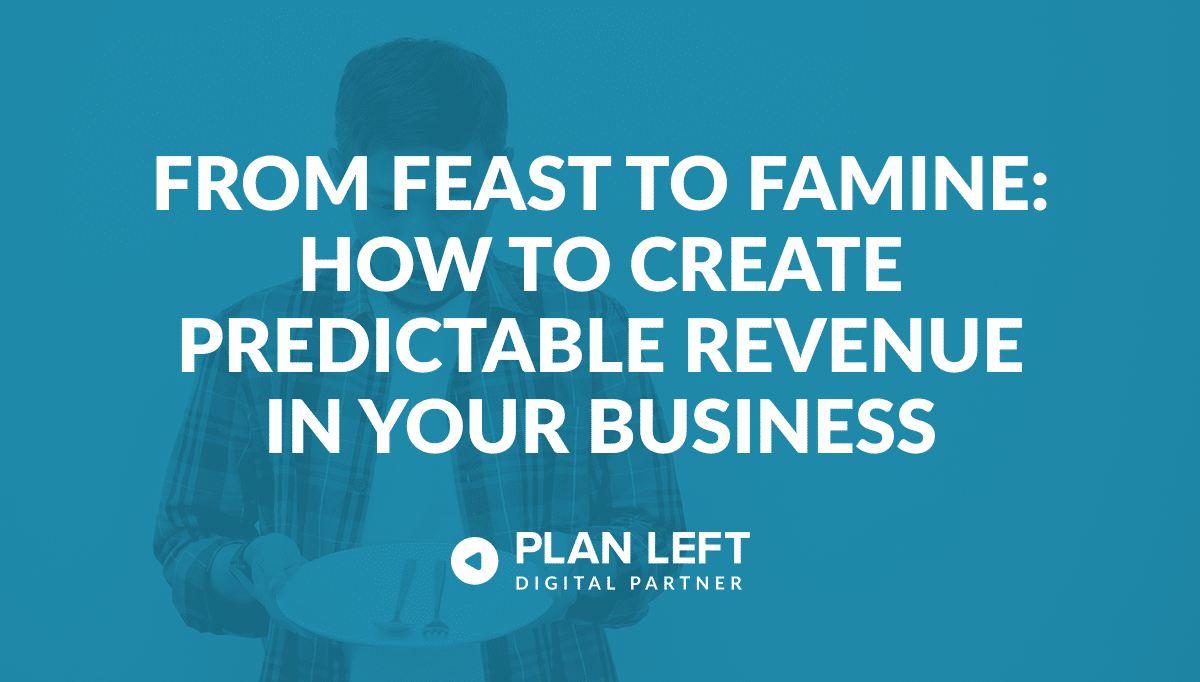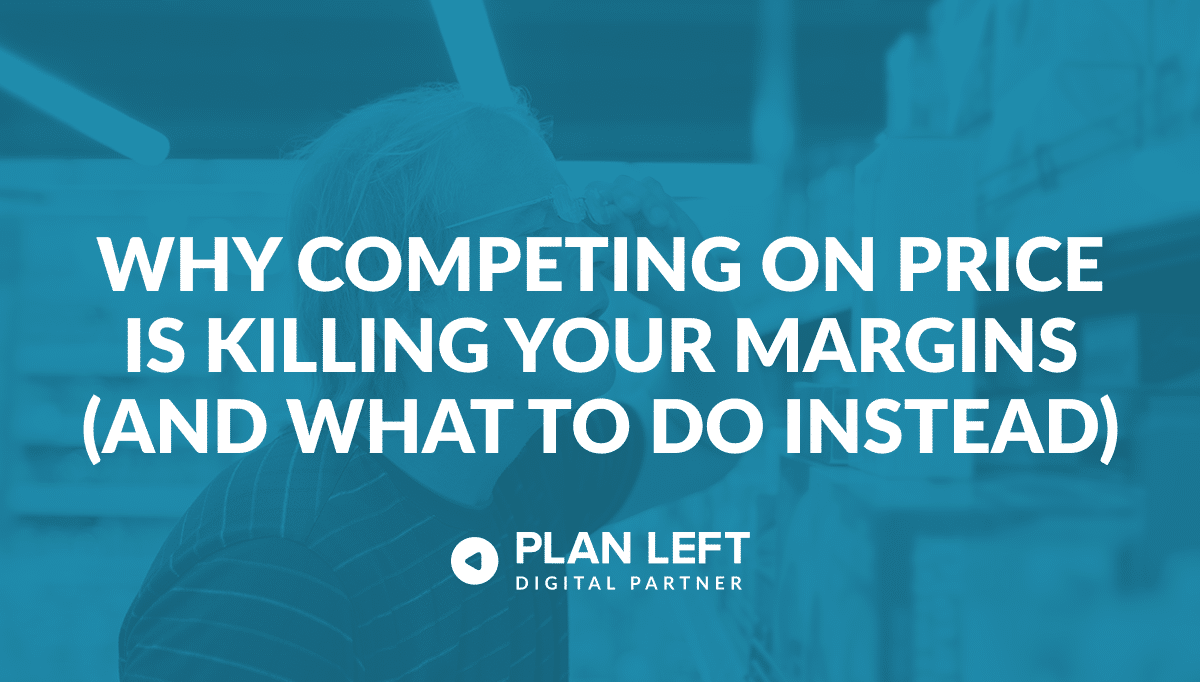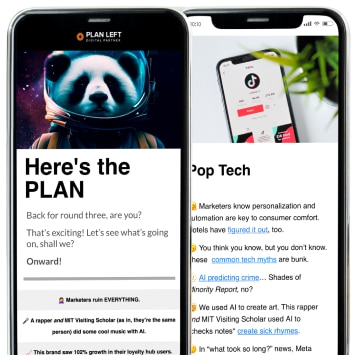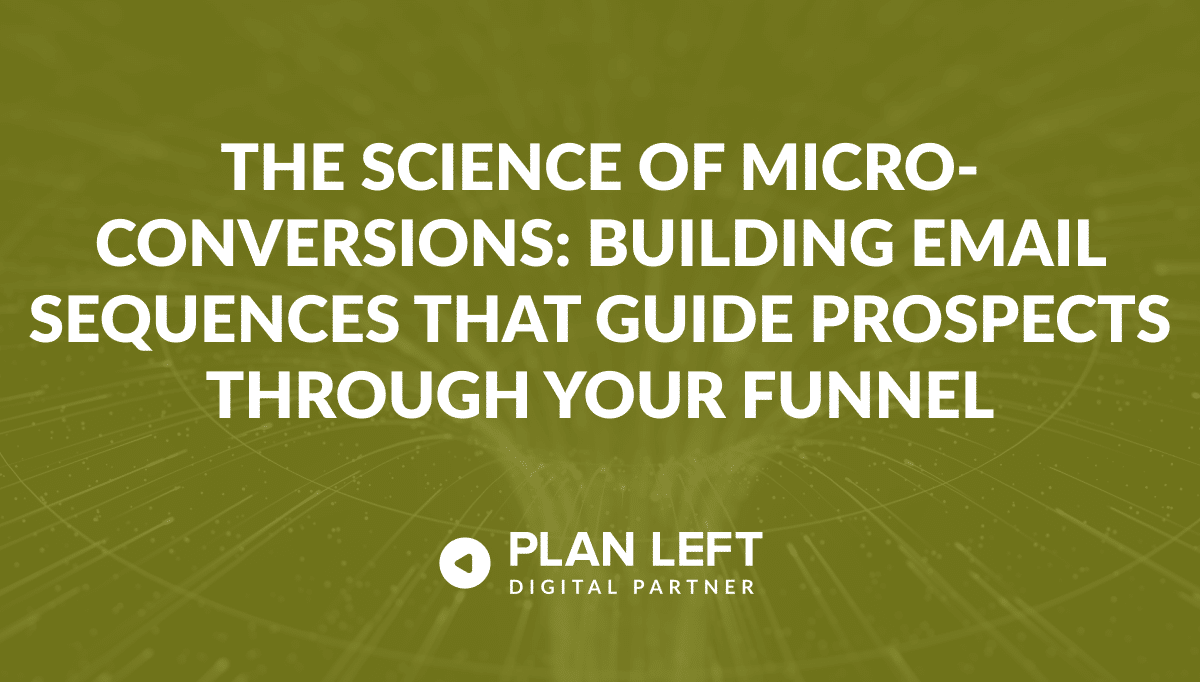
Struggling with email marketing that generates opens and clicks but fails to deliver actual business results? The gap between engagement metrics and revenue often comes down to a critical missing element: strategic micro-conversions that systematically guide prospects toward meaningful business relationships.
Understanding Micro-Conversions: The Building Blocks of Customer Commitment
Micro-conversions represent the small, intentional actions prospects take throughout their journey with your brand—actions that indicate growing interest, trust, and readiness for larger commitments.
Defining Micro-Conversions in the Email Marketing Context
In email marketing, micro-conversions include behavioral signals such as:
- Clicking on specific resource links within an email
- Watching embedded video content to completion
- Downloading supplementary materials
- Completing preference surveys or assessments
- Replying to a specific question posed in the email
- Following your brand on social platforms from email links
While these actions may seem minor individually, collectively they form a powerful foundation for major conversions by establishing engagement patterns that predict future behavior.
The Psychology of Incremental Commitment
The science behind micro-conversions lies in well-established psychological principles. Research shows that people who make small commitments become significantly more likely to make larger ones later—a concept known as the consistency principle.
Each micro-conversion creates what psychologists call a “behavioral investment,” making prospects increasingly committed to their relationship with your brand. This incremental approach is particularly effective with high-consideration purchases where immediate major conversions are unrealistic.
How Micro-Conversions Predict Major Conversion Success
Micro-conversions serve as reliable predictive indicators of future purchase behavior. Data consistently shows that prospects who complete specific sequences of micro-conversions convert at 2-3 times the rate of those who don’t, even when traditional engagement metrics like open rates are identical.
For growing businesses, this insight transforms email marketing from a volume game to a strategic pathway where each interaction is designed to move prospects incrementally closer to revenue-generating actions.
Mapping the Customer Journey to Strategic Email Touchpoints
Effective micro-conversion strategies begin with comprehensive mapping of your customer’s decision journey and the specific email touchpoints that can influence each stage.
Awareness Stage: Micro-Conversions That Build Recognition
At the awareness stage, your goal is establishing brand recognition and initial interest. Effective micro-conversions include:
- Visiting your company’s “About” page from email links
- Watching brand story videos
- Reading foundational blog content
- Following your brand on a single social platform
These actions represent minimal commitment while beginning to establish your brand in the prospect’s consideration set.
Consideration Stage: Micro-Conversions That Deepen Engagement
During consideration, prospects are evaluating potential solutions. Appropriate micro-conversions include:
- Downloading comparison guides or case studies
- Completing solution-focused assessments
- Watching product demonstration videos
- Subscribing to topic-specific content series
- Visiting pricing or feature pages
These actions indicate solution evaluation and information gathering—critical precursors to purchase decisions.
Decision Stage: Micro-Conversions That Facilitate Purchase
As prospects approach decision-making, micro-conversions should focus on removing final purchase barriers:
- Requesting customer references
- Using ROI calculators or configurators
- Participating in live chat from email links
- Joining webinars addressing implementation concerns
- Adding products to wishlists or carts
These higher-commitment actions represent the final steps before major conversion events.
Creating a Cohesive Journey Map for Email Sequences
The most effective email sequences connect these micro-conversions into a logical progression that matches your prospect’s natural decision process. This requires:
- Clear definition of each journey stage for your specific offering
- Identification of information needs and concerns at each stage
- Mapping of specific micro-conversions that address these needs
- Strategic sequencing that builds commitment incrementally
This structured approach transforms random email communications into purposeful guidance that moves prospects systematically toward purchase decisions.
Designing Emails With Behavioral Goals in Mind
Once you’ve mapped the journey, each individual email should be designed with a specific micro-conversion goal as its focal point.
Single-Focus Design Principles for Each Email
The most effective emails maintain laser focus on a single micro-conversion goal. This focus should influence every element of the email, including:
- Subject line that preframes the desired action
- Opening copy that establishes relevance to the micro-conversion
- Body content that builds logical case for taking action
- Visual elements that support the specific conversion goal
- Call-to-action focused exclusively on the desired micro-conversion
This single-minded approach dramatically outperforms multi-purpose emails that dilute attention and decrease conversion probability.
CTAs That Drive Specific Micro-Conversion Actions
Call-to-action design significantly impacts micro-conversion rates. Effective CTAs for micro-conversions:
- Use action-oriented language specific to the desired behavior
- Communicate clear value for completing the micro-conversion
- Stand out visually while maintaining brand consistency
- Reduce friction by setting accurate expectations for what follows
- Create urgency when contextually appropriate
Testing reveals that micro-conversion-specific CTAs regularly outperform generic buttons like “Learn More” or “Click Here” by 20-30%.
Content Framing to Increase Desired Behaviors
How you frame content directly influences micro-conversion probability. Effective framing techniques include:
- Positioning the micro-conversion as a logical next step, not a request
- Highlighting specific benefits of completing the action
- Using social proof specific to the micro-conversion
- Addressing objections or hesitations preemptively
- Creating narrative continuity with previous interactions
These framing strategies transform the same basic content from passive information into conversion catalysts.
Measuring Micro-Conversion Success
Meaningful optimization requires measurement systems designed specifically for micro-conversion tracking.
Key Metrics Beyond Opens and Clicks
Sophisticated micro-conversion tracking examines:
- Completion rates for specific micro-conversion types
- Micro-conversion velocity (time between sequential actions)
- Micro-conversion path analysis (sequence patterns)
- Drop-off points in multi-step micro-conversions
- Correlation between specific micro-conversions and revenue
These metrics provide granular insight into prospect behavior that basic engagement analytics cannot capture.
Setting Benchmark Goals for Each Micro-Conversion Type
Different micro-conversion types naturally achieve different completion rates. Effective measurement requires establishing realistic benchmarks based on:
- Conversion difficulty/commitment level
- Typical performance for your industry
- Historical performance of similar actions
- Placement within the customer journey
- Relationship to previous micro-conversions
These benchmarks create meaningful context for performance evaluation and realistic optimization targets.
Tracking the Cumulative Impact on Major Conversions
The true value of micro-conversions appears when analyzing their cumulative impact on major conversion events. Key relationships to track include:
- Conversion rate differences between prospects who complete vs. skip specific micro-conversions
- Revenue impact of particular micro-conversion sequences
- Customer lifetime value variations based on micro-conversion patterns
- Velocity changes in the sales cycle related to micro-conversion completion
These analyses connect small actions to material business outcomes, justifying continued investment.
Optimizing Your Micro-Conversion Strategy
Continuous improvement of micro-conversion performance requires systematic testing and refinement.
A/B Testing Framework for Micro-Conversion Elements
Effective micro-conversion optimization focuses on:
- Subject lines that frame specific micro-conversion actions
- CTA variations (language, design, placement)
- Content structures that build toward micro-conversions
- Timing variations between sequence elements
- Segmentation approaches based on previous micro-conversion behavior
The key is isolating variables that directly influence specific micro-conversion behaviors rather than generic engagement metrics.
Identifying and Fixing Sequence Bottlenecks
Performance analysis often reveals specific points where prospect progression stalls. Common bottlenecks include:
- Excessive commitment jumps between sequential micro-conversions
- Misalignment between content and recipient’s journey stage
- Technical friction in completing desired actions
- Value proposition issues for specific micro-conversions
- Trust barriers at critical decision points
Systematic identification and resolution of these bottlenecks can dramatically improve overall funnel performance.
Taking Action: Implementing Your Micro-Conversion Framework
Transforming your email marketing through micro-conversions begins with auditing your current approach. Examine your existing sequences and identify opportunities to incorporate strategic micro-conversions that guide prospects more effectively toward major conversion actions.
Start by mapping your ideal customer journey, then identify the specific micro-conversions that would indicate progress at each stage. Design individual emails with clear behavioral goals, and implement measurement systems that track micro-conversion performance beyond basic engagement metrics.
Remember that the most powerful email sequences don’t simply deliver information—they strategically guide prospects through a series of meaningful actions that build commitment and create predictable conversion paths.
Explore Latest Posts
5 Signs Your Business Is Ready to Own Its Marketing (Without an Agency) The default assumption in business is that ... read more
December 31, 2025
From Feast to Famine: How to Create Predictable Revenue in Your Business Three months ago, you couldn't take on another ... read more
December 29, 2025
Why Competing on Price Is Killing Your Margins (And What to Do Instead) When a prospect asks "how much do ... read more
December 25, 2025
Essential Strategies for Entrepreneurs
Get Actionable Business Insights & Marketing Tips
Our newsletter delivers real-world strategies from entrepreneurs who’ve been exactly where you are.
Sign up now for:
- Actionable growth strategies that work
- Insider tactics for attracting top talent
- Real-world case studies from successful founders
- Emerging tech trends that drive innovation
- Pragmatic marketing approaches for visionary leaders
